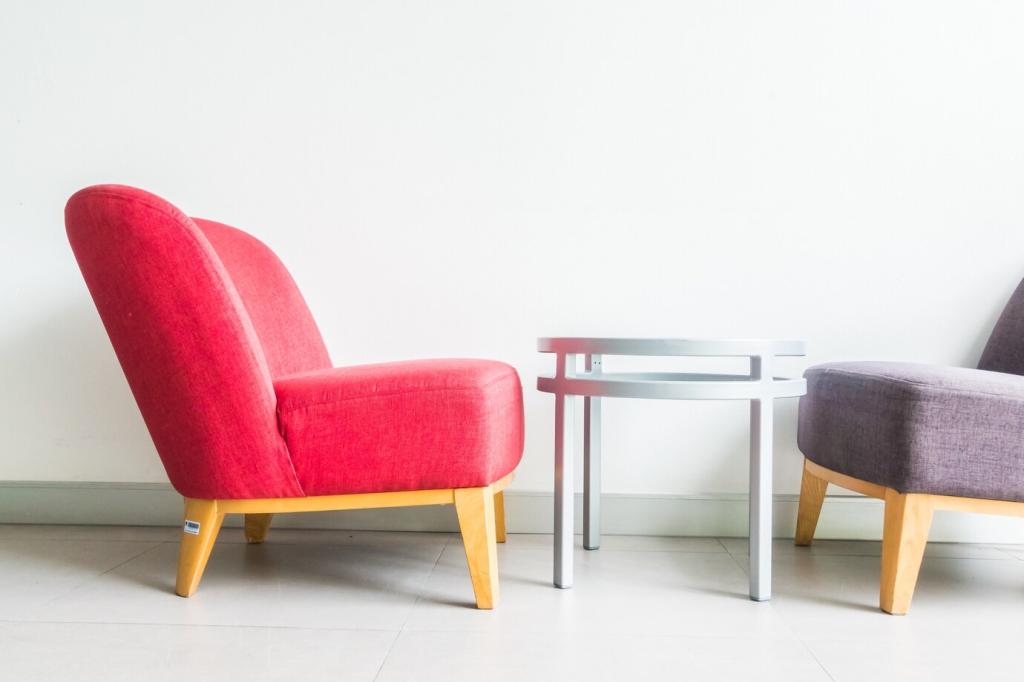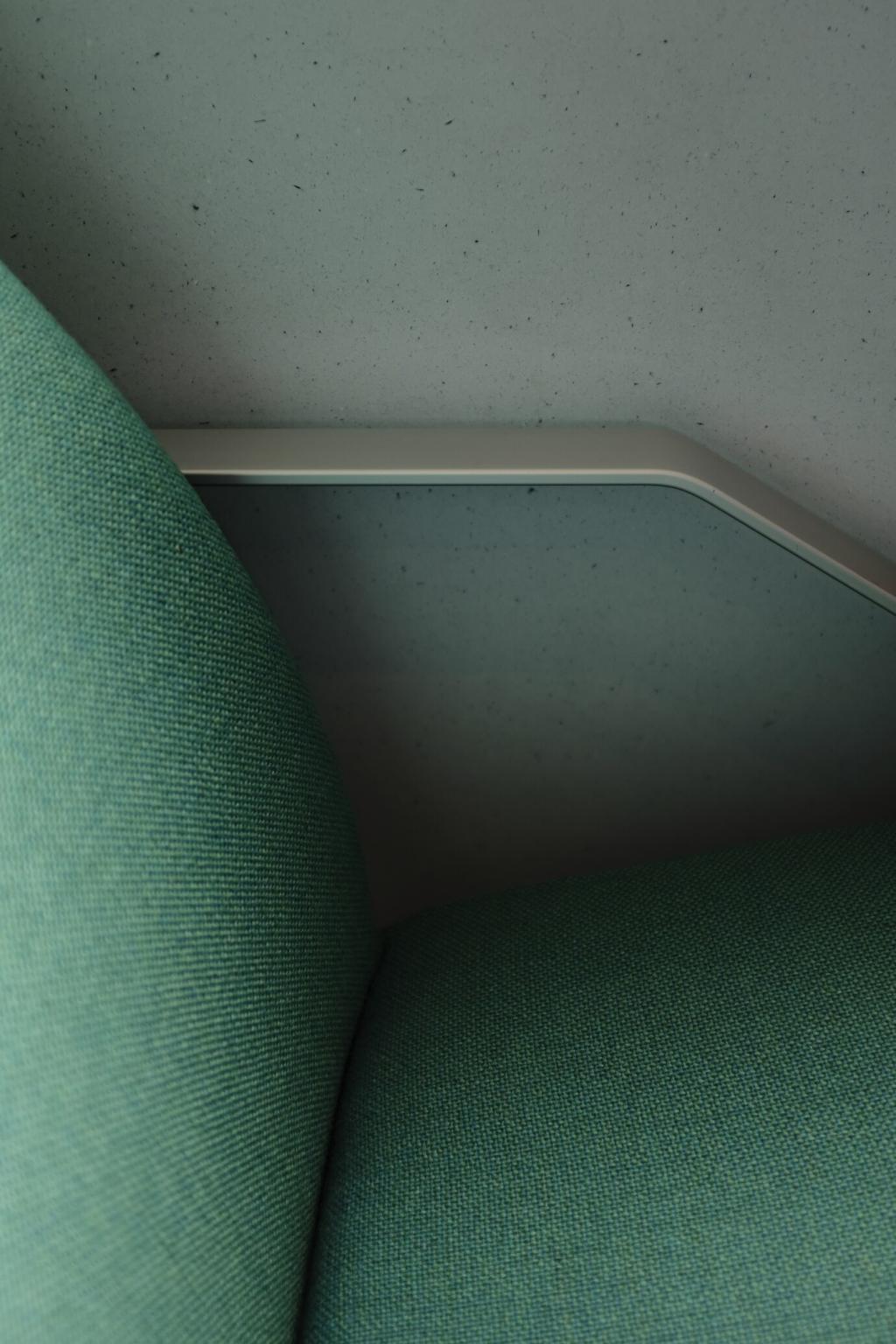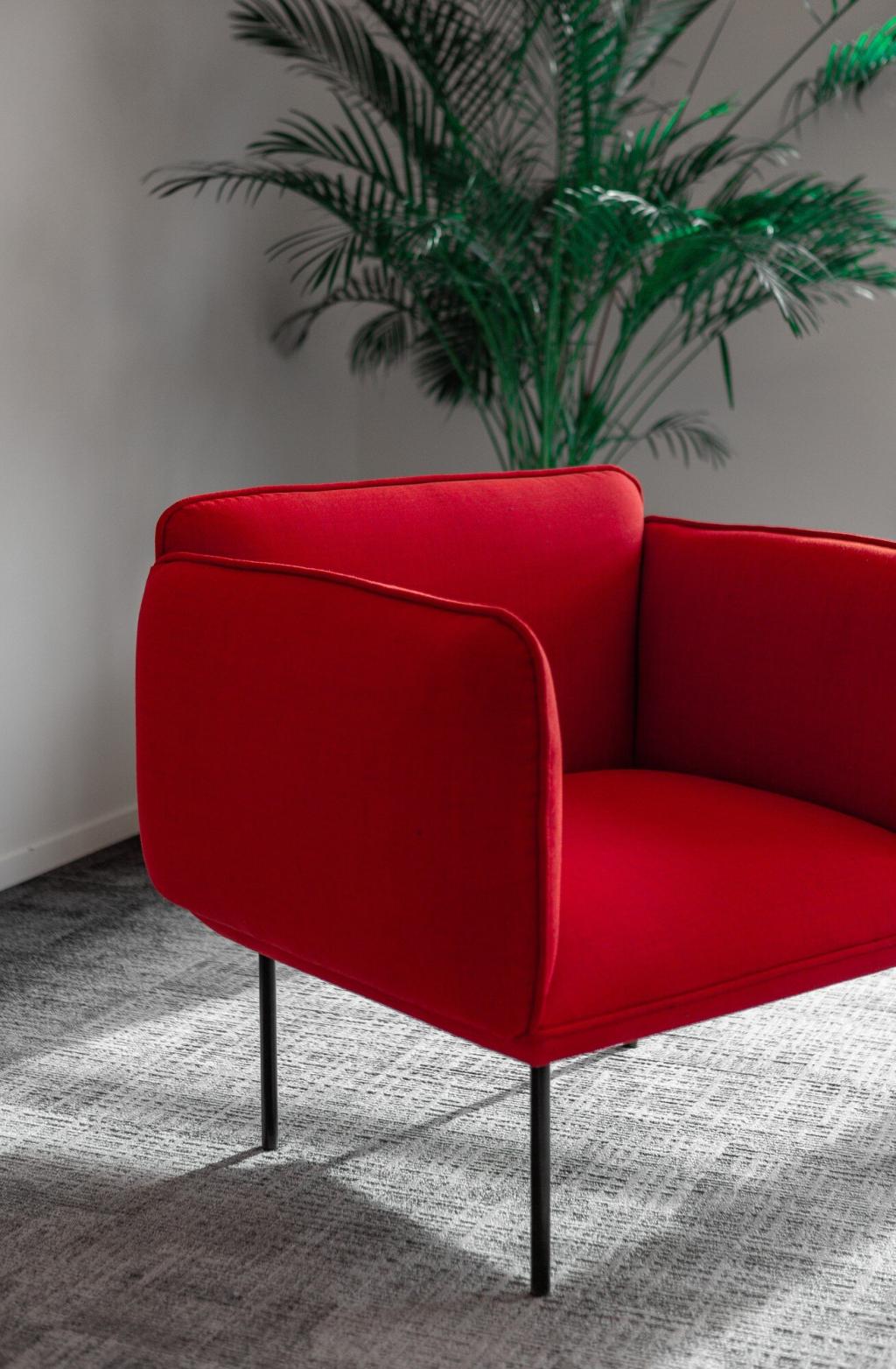Smart furniture represents a transformative shift in both design and sustainability, integrating advanced technology with ecological responsibility. As today’s world faces rising concerns about resource use, carbon emissions, and space efficiency, the furniture industry is responding by blending intelligence with environmental awareness. Through automated features, embedded sensors, and sustainable materials, smart furniture is redefining how we live, work, and care for our planet. This page explores the intersection of smart furniture and sustainability, delving into innovations that balance comfort, convenience, and conservation.
Previous slide
Next slide

Reduced Resource Consumption
Smart furniture is designed to maximize utility from minimal resources. Through modularity and adaptability, each product can serve multiple purposes, often replacing two or three conventional items. This design philosophy leads to fewer raw materials being needed overall, lowering the environmental burden of furniture manufacturing. Additionally, the embedded technologies themselves are becoming more energy efficient, requiring less power to operate and reducing the carbon footprint associated with everyday use.
Lifecycle Management and Durability
A sustainable approach to smart furniture includes considerations for the entire product lifecycle, from design and manufacture to use and eventual recycling or repurposing. Smart furniture often comes equipped with features that enhance durability—such as self-diagnostic sensors that alert users to maintenance needs or modular components that can be replaced without discarding the whole item. This proactive focus on longevity minimizes the frequency of replacement and ensures that products remain in circulation, keeping waste out of landfills for longer.
Circular Economy and the Furniture Industry
Design for Disassembly and Repair
One of the most vital principles in the circular economy is the creation of products that can be easily disassembled and repaired. Smart furniture is increasingly being designed with modular components that allow users to replace or upgrade specific parts—be it sensors, upholstery, or frames—without discarding the entire item. This extends product lifespans and reduces waste. Such an approach also encourages a secondary market for components and skilled repair services, further embedding sustainability in the furniture value chain.
Recycling and Upcycling Strategies
The adoption of recyclable and upcyclable materials is gaining traction throughout the smart furniture industry. By using materials that can be easily separated and reprocessed at the end of a product’s life, manufacturers reduce the burden on landfills and encourage a supply chain loop. Beyond recycling, creative upcycling efforts give outdated smart furniture a second life; worn components become the building blocks for new items, ensuring resources retain their value for far longer than in traditional linear models.
Business Models Supporting Product Longevity
New business models, such as furniture leasing, take-back programs, and product-as-a-service, are emerging in the smart furniture sector. These models incentivize manufacturers to design for longevity, as ongoing maintenance and refurbishment are built into the service agreements. Customers benefit from access to the latest innovations without the environmental cost of constant disposal and repurchasing. This ongoing relationship between producer and consumer fosters sustainable habits and a culture of shared responsibility.
Smart Furniture in Sustainable Workspaces
01
Ergonomic Solutions for Health and Efficiency
Today’s smart workspaces rely heavily on ergonomic furniture that adapts to users’ needs throughout the day. Height-adjustable desks that remember user preferences, chairs with posture sensors, and integrated wellness monitors all help promote healthy habits among workers. By reducing physical strain and boosting productivity, these pieces also diminish the need to frequently replace worn-out or unsuitable furniture, contributing to long-term sustainability and supporting employee well-being.
02
Flexible Configurations for Adaptive Offices
With the demand for agile workspaces, smart furniture is designed for flexibility. Modular seating systems, movable partitions, and multi-purpose desks make it easy to reconfigure spaces for various activities and team sizes. This adaptability extends the lifespan of furniture as organizational needs change, allowing businesses to downsize or expand without discarding large quantities of furnishings. The result is a leaner, greener workplace that consumes fewer resources over time.
03
Energy-Saving Office Systems
Smart furniture in office settings often interacts with building systems to enhance overall energy efficiency. Desks equipped with occupancy sensors can signal when to adjust lighting or climate controls, minimizing energy use in unoccupied areas. These integrated solutions not only reduce a company’s energy bills but also lower its environmental footprint, providing measurable benefits for sustainability-minded organizations.

Biodegradable and Renewable Inputs
Many forward-thinking manufacturers are adopting biodegradable and renewable resources in their smart furniture lines. From cornstarch-based plastics to fast-growing bamboo, these materials are designed with their entire lifecycle in mind. The environmental impact is minimized both during extraction and after discard, as these materials naturally decompose or can be easily reprocessed without harmful residues.

Low-Emission Production Techniques
The shift toward sustainable manufacturing includes employing processes that drastically reduce carbon emissions and resource consumption. Techniques such as water-based adhesives, 3D printing to minimize excess waste, and energy recovery systems in factories are key examples. These advances ensure that the environmental cost associated with bringing smart furniture to market is as low as possible, setting a new benchmark for responsible production standards.
Advanced smart furniture allows for extensive personalization, adjusting not only to physical comfort needs but also to environmental preferences like lighting and temperature. This responsiveness leads to more conscious energy use and reduces the need for multiple devices or gadgets. As furniture adapts to individual routines, users are gently encouraged towards healthier, more sustainable living habits—transforming comfort into conservation.
User Experience and Sustainable Living
Challenges and Opportunities Ahead
The inclusion of electronics in furniture introduces challenges related to e-waste, as embedded components may be difficult to recycle or dispose of responsibly. Manufacturers must innovate ways to make electronics modular and replaceable, ensuring a sustainable end-of-life process. Legislation and corporate stewardship will play major roles in driving solutions to this growing challenge.
Previous
Next
